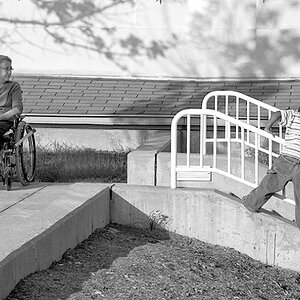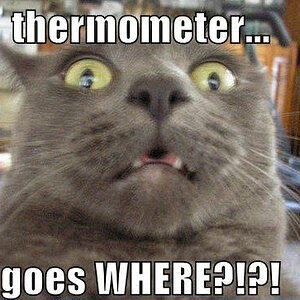shovenose
TPF Noob!
- Joined
- Dec 9, 2013
- Messages
- 41
- Reaction score
- 2
- Can others edit my Photos
- Photos OK to edit
For my new D3200 I am going to use the following memory cards:
-Kingmax Class6 16GB MicroSD card with SD card adapter (got it from my old Android phone)
-New from Amazon SanDisk Extreme Class10 UHS-1 32GB SD card
-New from Amazon Sony Class10 UHS-I 32GB SD card
-New from Transcend Class10 16GB SD card
Couple questions:
-In order of quality/performance, is this rank right: SanDisk, Sony, Transcend, Kingmax.
-How many photos could I fit on a 32GB card and on a 16GB card?
-What's the best way to transfer the photos to my computer? Take the SD card out and plug it into a USB 3.0 SD card reader I also ordered? Does the camera have a USB connection?
Thanks and look to be a helpful, participating member here but learning comes first
-Kingmax Class6 16GB MicroSD card with SD card adapter (got it from my old Android phone)
-New from Amazon SanDisk Extreme Class10 UHS-1 32GB SD card
-New from Amazon Sony Class10 UHS-I 32GB SD card
-New from Transcend Class10 16GB SD card
Couple questions:
-In order of quality/performance, is this rank right: SanDisk, Sony, Transcend, Kingmax.
-How many photos could I fit on a 32GB card and on a 16GB card?
-What's the best way to transfer the photos to my computer? Take the SD card out and plug it into a USB 3.0 SD card reader I also ordered? Does the camera have a USB connection?
Thanks and look to be a helpful, participating member here but learning comes first


![[No title]](/data/xfmg/thumbnail/39/39189-22b7e8d8eadc9cc3d7b341bfb336079e.jpg?1619738906)


![[No title]](/data/xfmg/thumbnail/36/36401-dfb1077e5917eb47c5acf9c208e7be2a.jpg?1619737552)




![[No title]](/data/xfmg/thumbnail/36/36400-97a007ae878e1032155c7a7d47eeba73.jpg?1619737552)

![[No title]](/data/xfmg/thumbnail/40/40298-08fb67b2f2c98625b8ff8dcb00ed42a8.jpg?1619739411)
